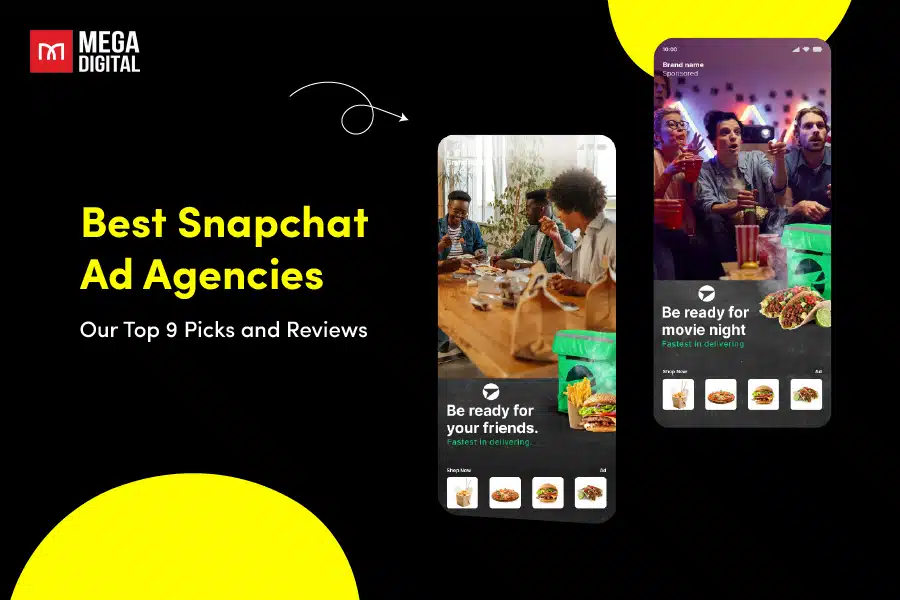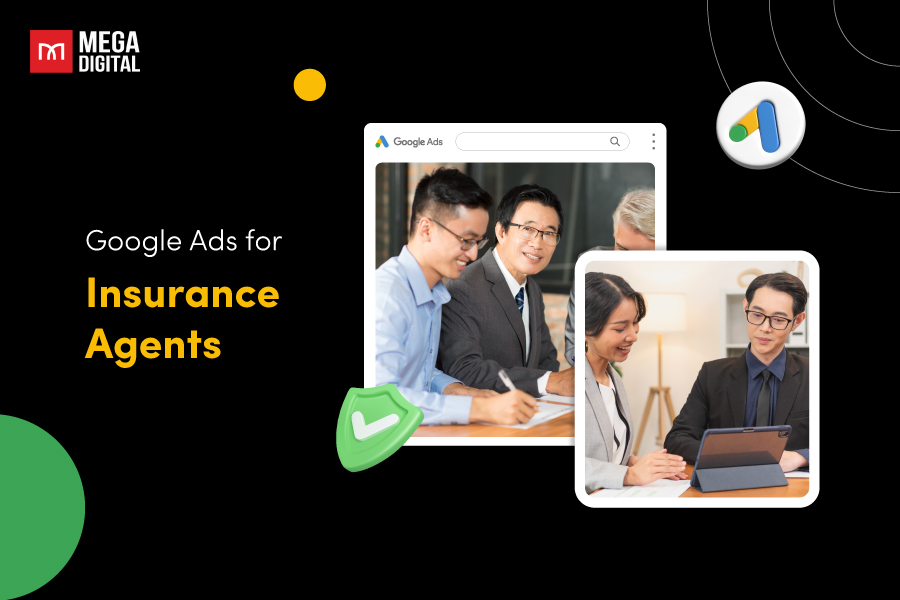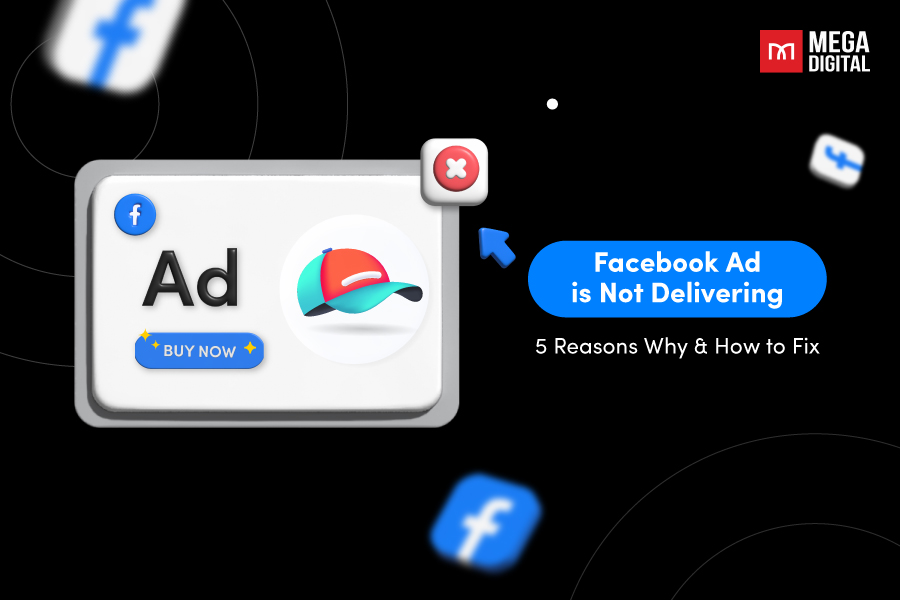Facebook offers two main tools to help you track results while running ad campaigns: Facebook Pixel and Conversion API. They both give you valuable insights into how people interact with your website after clicking on your Facebook Ads, but they work in slightly different ways. Let’s dive in to see the difference between Conversion API vs Meta Pixel and explore which one might be the best fit for you!
Conversion API vs Meta Pixel: What do these two tools do?
Conversion API
Also known as server-side API, this tool allows advertisers to send web events from their servers directly to Meta. It works independently of the browser and is unaffected by browser restrictions on cookies.
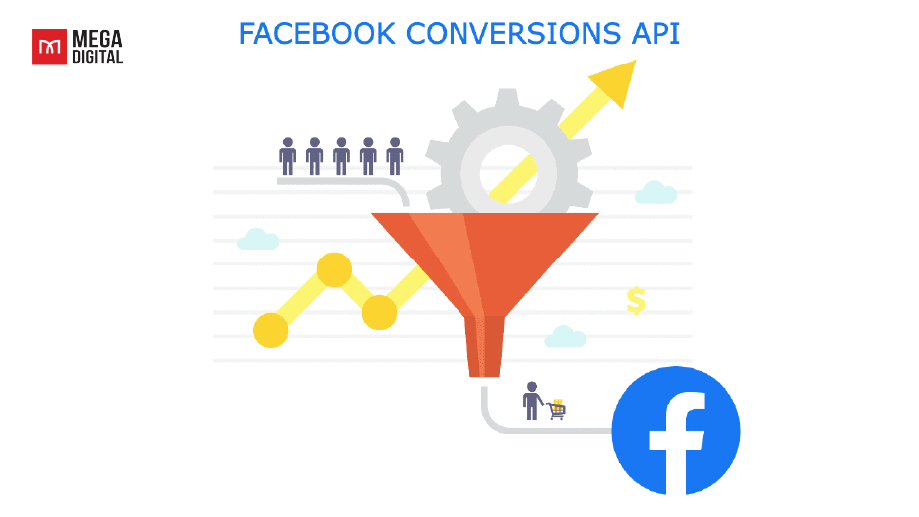
Meta Pixel
Meta Pixel, also known as Facebook Pixel, is a piece of code that you place on your website. It collects data that helps you track conversions from Meta ads, optimize ads, build targeted audiences for future ads, and remarket to people who have already taken some kind of action on your website.
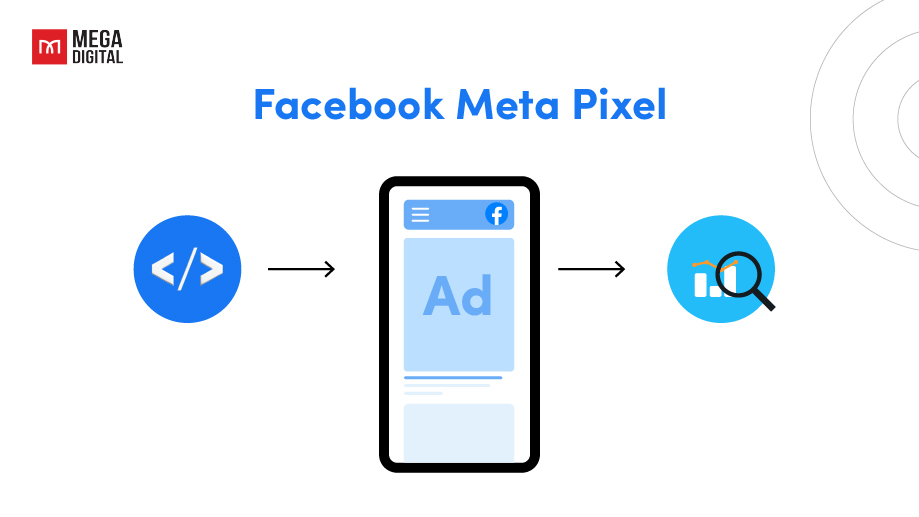
Conversion API vs Meta Pixel: What’s the Difference?
While these two tools serve similar purposes of tracking users’ events, there are key differences between them that can impact your advertising strategy.

Data Collection
The first major difference lies in how these tools collect data:
- Conversion API: Conversion API sends event data from your server directly to Facebook. This server-side connection allows you to track a wider range of events, including those that occur offline or after a delay.
- Meta Pixel: Unlike Conversion API, Pixel collects data by placing a piece of JavaScript code on your website. When a user interacts with your site, the Pixel tracks these actions and sends the data to Facebook. This allows you to measure the effectiveness of your ads, build targeted audiences, and drive more sales.
Data Privacy
Another key difference is how these tools handle data privacy:
- Conversion API: This tool offers a more privacy-friendly solution. Since it sends data directly from your server to Facebook, it bypasses the browser and is less affected by cookie restrictions.
- Meta Pixel: Since the Pixel relies on cookies to collect data, it can be affected by browser restrictions and user cookie preferences. This can limit its effectiveness in tracking user interactions.
Implementation
The implementation process for these tools also differs:
- Conversion API: Setting up the Conversion API involves server-side implementation. This process is more complex and may require more technical expertise.
- Meta Pixel: Implementing the Pixel involves adding a piece of code to your website. This process is relatively straightforward, even for those with limited technical knowledge.
To further understand their unique features and differences, take a look at this detailed comparison table:
| Conversion API | Meta Pixel | |
|---|---|---|
| Data privacy | Offers better data privacy as it sends data directly from the server to Facebook, bypassing the browser entirely. | Relies on cookies to collect data, which can be limited by browser restrictions and user cookie preferences. |
| Implementation complexity | Requires more technical expertise as it involves server-side implementation. | Easier to implement as it involves adding a piece of code to your website. |
| Data accuracy | Provides more accurate and reliable data as it is not affected by browser-based issues. | Can be affected by factors like ad blockers, which can limit its data accuracy. |
| Real-time reporting | May have a slight delay due to the server-side nature of the data transmission. | Provides real-time reporting, which can be beneficial for up-to-the-minute data. |
| Ease of use | Might require more technical knowledge to set up and use effectively. | Generally easier to use, especially for those with less technical knowledge. |
Which one should you use: Conversions API vs Meta Pixel?
The ideal choice between Conversions API and Facebook Pixel depends on your specific needs and resources:
- Choose the Pixel if:
- You’re new to Facebook Ads and want a user-friendly solution.
- Real-time data tracking is crucial for your campaign management.
- You primarily track website-based conversions.
- Choose the Conversions API if:
- You prioritize data accuracy and want to overcome browser limitations.
- Tracking offline conversions is important for your business.
- You have the technical expertise or resources to set up the API.
Each tool has its unique strengths and its constraints. But when combined, they offer a robust solution for tracking and optimizing your digital marketing efforts. It’s like having two sets of eyes, each offering a different perspective, working together to give you a complete picture. That’s why Facebook recommends using both the pixel and the API because if one method fails, the other can step in and record the relevant data.
How do Conversion API and Meta Pixel work together?
Facebook Conversion API and Facebook Pixel work together to provide a comprehensive view of user activity for better ad tracking and optimization. Here’s a simple explanation:
- User interaction: When a user interacts with your website, both Conversion API and Facebook Pixel track these actions. The Pixel tracks browser-side events like page views or button clicks, while the Conversion API tracks server-side events like form submissions or purchases.
- Data collection: The Facebook Pixel collects data in real-time directly from the user’s browser. It sends this data to Facebook, allowing you to see immediate user interactions. On the other hand, the Conversion API collects event data from your server. This data might include actions that the Pixel can’t capture, like offline conversions or events that happen after a delay.
- Data transmission: The Pixel sends data to Facebook using the user’s browser, which can be affected by factors like ad blockers or cookie restrictions. The Conversion API sends data directly from your server to Facebook, bypassing the browser and its potential limitations.
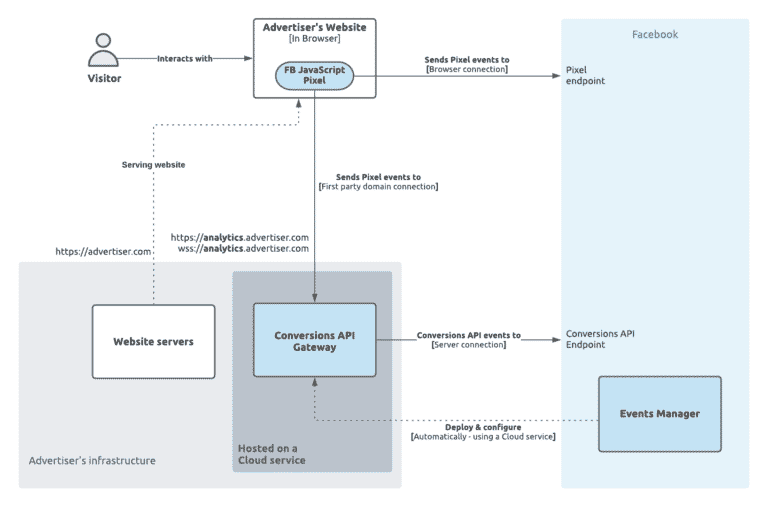
Common Mistakes to Avoid When Using Facebook Conversions API and Facebook Pixel
When using the Facebook Conversions API and Facebook Pixel, there are several common mistakes that businesses often make. Avoiding these can help you get the most out of these tools.
1. Incorrect Implementation
Incorrect implementation of either tool can lead to inaccurate data. For the Facebook Pixel, this could mean placing the pixel code in the wrong part of your website. For the Conversions API, this could mean not correctly setting up the server-side implementation.
Solution: Ensure you follow the correct implementation guidelines provided by Facebook.
- For Meta Pixel, make sure the code is inserted into the header of your website, specifically between the <head> and </head> tags of your site’s HTML.
- For Conversions API, ensure the server-side implementation is set up correctly by following these steps:
- Choose your events: Decide which events you want to track. These could be anything from a user viewing a product, adding a product to their cart, or making a purchase.
- Set up your server: Your server needs to capture these events and send them to Facebook’s API. This will require some backend development work.
- Test your implementation: Use Facebook’s Test Events tool to ensure that your events are being sent and received correctly.
- Verify your domain: You need to verify your website domain with Facebook to ensure that events are attributed correctly.
- Configure event settings in Events Manager: Here, you can configure how your events are tracked and how they’re used for ad optimization.
If you’re unsure how to do it, consider seeking help from a professional or a Facebook Agency like Mega Digital.
2. Ignoring Data Discrepancies
If you’re using both tools, you might notice some discrepancies in the data they provide. This is normal due to the different ways they collect data. However, ignoring these discrepancies or not understanding why they occur can lead to misinterpretation of your data.
Solution: Investigate any significant discrepancies to understand their cause. Use this information to make more informed decisions about your advertising campaigns.
3. Not Keeping Up with Changes
Facebook often provides updates and new features for both Facebook Pixel and the Conversions API that can enhance your data collection and reporting capabilities. Failing to keep up with these updates can lead to issues with data collection and reporting.
Solution: Regularly check for updates from Facebook about these tools. Staying updated will help you take full advantage of both Conversion API and Meta Pixel.
Knowing how to use these Facebook tracking tools properly can be a real challenge for every advertiser. That’s where Mega Digital comes in. We offer comprehensive Facebook Advertising services to help you leverage these tools effectively. Our team of experts will ensure proper implementation, optimize your tracking strategy, and guide you in interpreting data to maximize your advertising performance.
Don’t waste time and resources navigating these tools alone. Contact Mega Digital today and let us help you unlock the full potential of your Facebook Ads campaigns!
Final words
In conclusion, both Conversion API and Meta Pixel have strengths and weaknesses. The choice between Conversion API vs Meta Pixel depends on your specific needs and circumstances. While the Meta Pixel is easy to implement and provides valuable data for ad optimization, the Conversion API offers more reliable data and is less affected by data privacy restrictions.







